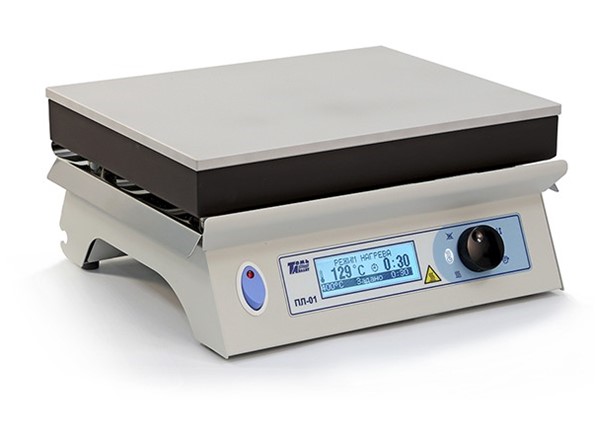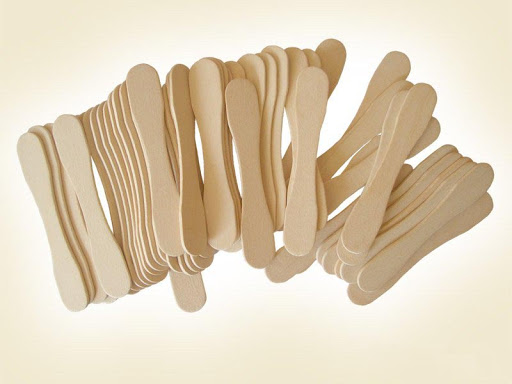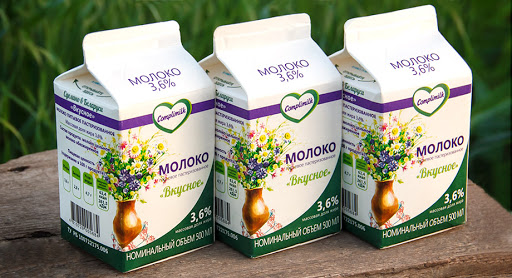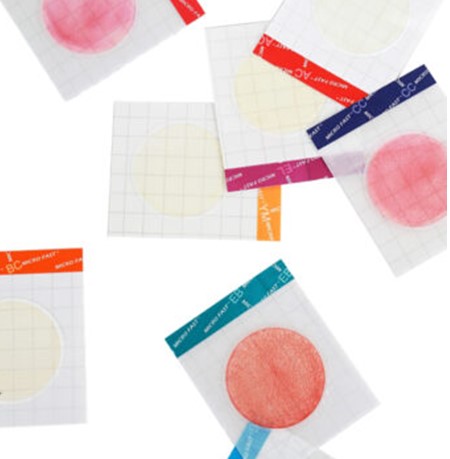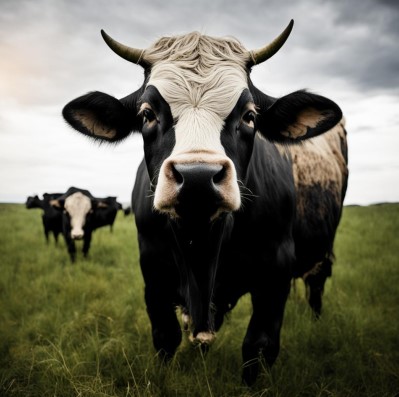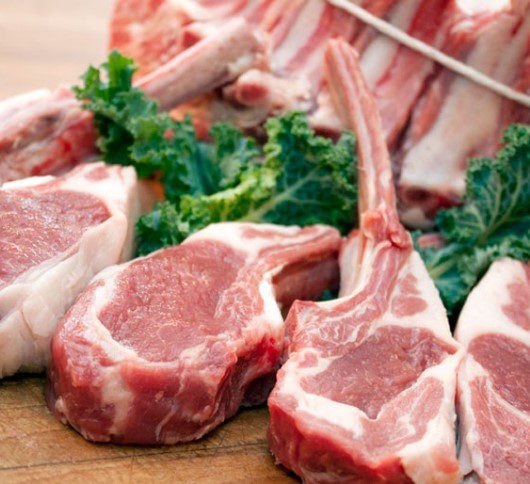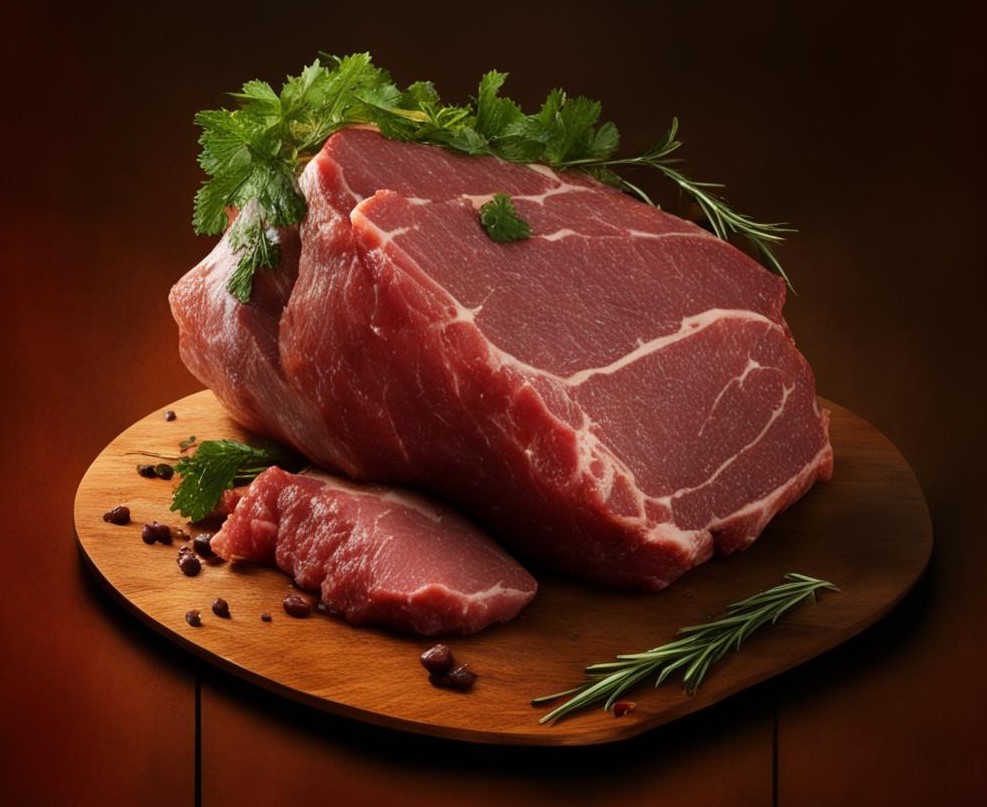What is the secret of Belarusian milk and how did Lukashenka save the village in the early 2000s? History of global success

"Drink, children, MILK - you will be healthy!" You probably remember this funny song from a cute Soviet cartoon. Did you know that Belarus is one of the five largest exporters of dairy products? Belarusian milk today can be found on the shelves in almost 50 countries around the world. But it was not always so. How did the dairy industry develop in Belarus? What Belarusian goods are counterfeited most often? Where are the most productive cows in the country and why did ALEXANDER LUKASHENKO want to erect a monument to a cow? We answer these questions in the BelTA YouTube project "In Fact: Decisions of the First".
Why has Belarus abandoned the wholesale privatization of agricultural enterprises?At the beginning of the 2000s, about half a ton of milk per person per year was produced in Belarus. These were far from the best years for agriculture. And when the going gets tough, what's the most popular advice? Sale of state property. That is privatization. But Alexander Lukashenko reasoned differently. Yes, the President acknowledged, in the same Germany, farmers work efficiently. They are extremely interested in performance and financial stability. Therefore, there is a strict labor and technological discipline in the farms. Why is it impossible to observe it at state-owned enterprises, Alexander Lukashenko wondered and demanded not to take a simplistic approach to privatization methods.
"Oh, right there, right in Germany." People work there from morning to night. As soon as we start working from morning to night, we will have nowhere to put our MEAT and milk!" - the President emphasized in 2002 at a seminar for senior officials of republican and local government bodies.
Over the years, his approach has not changed. Remember, in August the HEAD of state said that. Under it, Alexander Lukashenko means the most severe labor and technological discipline. He noticed that farmers have a different attitude towards their grain.
"Your own - you treat it differently. They follow the technology. They are always in the field. And our leader held a planning meeting and puffed up every cheek. We need a dictatorship. And we have it - let's turn it on. Let's turn on the administrative resource and force it's time to start really working," the President said during a visit to the breeding and seed complex of the Scientific and Practical Center for Agriculture of the National Academy of Sciences.
In the 2000s, there was another conventional wisdom. Large farms bore the main burden and fed the people. A quarter of agricultural enterprises barely survived for various reasons. There were proposals to allocate funding only to those who give results. Let the rest survive as best they can. From the point of view of production, said Alexander Lukashenko, this would be the right decision. But what about the social factor? If you leave a quarter of the households, or rather the people in the village, for self-survival, what will happen? The question is by no means philosophical.
The President proposed to focus on large-scale production. For example, the head of the district sees on the spot that a poultry farm or a dairy farm can produce more, but they need their own feed or an additional raw material zone. It was decided to attach lagging farms with an appropriate base to these farms. And things seemed to be getting better.
"The achievements of the dairy industry show the result that was laid down two decades ago. When in the early 2000s, attention was paid in general to the revival and development of the village. In addition to quality indicators, the development of the raw material base, considerable attention was paid to the optimization of enterprises: small enterprises , unable to compete further in the global dairy market, were attached to larger, more powerful enterprises. Conditions were created conducive to the efficient processing of raw materials," Maria Klimova, deputy head of the main department of the processing industry of the Ministry of Agriculture and Food, gave a brief excursion into the history.
What were the results of the modernization of the dairy industry in Belarus?The consolidation of enterprises allowed them to be more competitive, attract more investment for the development of resource zones and increase productivity and efficiency. If in 2001 there were 112 independent organizations working in the dairy industry - in almost every region of Belarus, then in 2010 there were 57 of them. And today there are 33.
Serious modernization of the dairy industry began in Belarus in 2010. Billions of budget funds have been invested in the development of agricultural enterprises. More than one and a half thousand farms have been reconstructed, where two thirds of the dairy herd of cows are concentrated. But today farmers are skimming the cream off their labor. For example, if in 2010 only every tenth liter of milk was sold as extra, today it already dominates.
"Over the past two decades, there has never been a decline in world trade in volumes. Now FAO experts predict a fall of 3%. Our country, on the contrary, is increasing both production and EXPORT potential. Over the 9 months of this year, we have increased exports of dairy products by almost 30% This is nothing less than $570 million,” Maria Klimova surprises with the numbers.
Since 2015, milk production in Belarus has increased by 11% - from 7 to 7.8 million tons. By 2025, the goal is to increase production to 9.2 million tons. % and today produces 222 kg of milk per capita per year. In Belarus - more than 840 kg. This is one of the best indicators in the world. The Republic is the absolute leader in the EAEU.
At the same time, there is a decline in production in the main exporting countries. Belarus has already produced about 6 million tons of milk this year. Growth compared to last year - more than 36 thousand tons.
"We really have something to offer. We produce more than 1800 types of dairy products. 1800! We produce cheeses that are in no way inferior in taste and quality to well-known world brands," the President noted at a recent ceremony honoring the leaders of the agro-industrial complex.
Let's add a couple more indicators: over 40 types of butter and more than 380 types of cheeses are produced in Belarus. If you want cheese with truffle - please, with fenugreek or with pepper and garlic - there is also. Or maybe with a walnut, the aroma of honey or baked milk - there is also this. Even with blue mold. True, the product itself is something for everyone.
How many cows are in the President's backyard?As Alexander Lukashenko admitted, he keeps about a dozen cows. These are quite ordinary breeds (with the possible exception of a breeding gift from the Savushkino agricultural enterprise), but at the age of 11 they give 40-45 liters of milk per day. And this despite the fact that 20 liters is already a very good indicator. In general, no one has yet managed to outwit the Belarusian President with milk yields and milk yields.
The President also keeps goats in his subsidiary farm. From these goats, the milk is gorgeous, he once admitted. The head of state also has bulls. He categorically forbade letting them eat meat. Alexander Lukashenko told Russian bloggers and journalists about this at the end of 2018. Moreover, the President then said that in Belarus it is necessary to erect a monument to a cow: thanks to this animal, people survived during the war. She feeds the Belarusians even now.
Interestingly, two weeks later, near the main food market of the capital - on Komarovka - the monument itself appeared. This time it's a coincidence. The competition for the best monument to a cow in MINSK was held back in 2015. But implementation has been delayed. But when the implementation is not delayed - this is when the President sees cruelty to animals and unforgivable mismanagement. Do you remember how in March 2019 dirty cows "deprived of positions" Deputy Prime Minister Mikhail Rusoy, Minister of Agriculture and Food Leonid Zaits, Governor of the Mogilev Region Vladimir Domanevsky and Head of the Shklov District Executive Committee Vasily Vityunov?
Why are Danish cows bred in Belarus?Belarusian scientists are now working on breeding a red Danish cow in the country. They are popular in Denmark itself, as well as in other Scandinavian countries and the Netherlands. : it has a higher fat content, and it contains a very useful AA protein. According to research by foreign experts, the bodies of children and the elderly better absorb such milk.
The scientists plan to expand the selection and get the Belarusian breed on the basis of the red Danish one with no less characteristics and distribute it to Belarus. True, it usually takes 25-30 years to breed a new breed. But the Academy of Sciences promises to do it in 10: after all, they do not start from scratch.
Where is Belarusian milk supplied?Belarus accounts for 6% of world trade in dairy products. This is not just a lot, given that the country is home to 0.12% of the total population of the planet, and in terms of area it is in 84th place. The republic is in the top 5 countries - exporters of dairy products. Geography of deliveries - 48 countries of the world. At the same time, almost 75-80% of the dairy products produced in the country are exported. Almost everything - 80% - is sold to the CIS countries.
"In recent years, Asian countries, CHINA have shown significant growth. Mainly dry dairy products go to China. But this year and last year, China showed a significant increase in consumption of butter, ice cream and cheese. And this year we have mastered two new countries in Africa - Niger and Ghana," said the deputy head of the main department of the processing industry of the Ministry of Agriculture and Food.
But it was difficult for Belarusian milk to get to Europe long before the sanctions. High protective duties in the EU make imported products uncompetitive in the European market. Although there you can find Belarusian food. Therefore, RUSSIA traditionally remains in the first place in the Belarusian export strategy, and the CIS countries are in the second place.
"The level of self-sufficiency in the country with dairy products in our country reaches 263.3% - this is a significant figure. If compared with the countries of Western Europe, the level of self-sufficiency there reaches 116%. Central and Northern Europe - 130-170%. But in Eastern and Southern everything only 60-80%,” stated Maria Klimova.
Why is Belarusian condensed milk counterfeited?Condensed milk can rightly be called the national treasure of Belarus. For example, the famous Rogachev condensed milk is made according to principles that have not changed for two centuries. The Rogachev Milk Canning Plant is the only one from Kamchatka to the Baltic that practices continuous thickening technology. The history of the company is amazing. Under the Soviet Union, 25 such plants were built, and only one remained.
Belarusian condensed milk has gained such popularity that many foreign enterprises have begun to fake it. Manufacturers re-glue the label, and you can no longer distinguish a miserable parody from a unique original without a thorough study of all the inscriptions.
And for the production of cheese, Belarus is in fourth place in the world. They would be third after the usa and New Zealand, but the European Union in planetary statistics for some reason goes for one player. In any case, Belarus is ahead of Australia and Switzerland in gross cheese production. Last year alone, export earnings exceeded $1 billion. Moreover, processed cheeses are mass-produced in Belarus, which do not fall under world statistics.
Whom do Belarusian enterprises compete with?Returning to the beginning of the article. Remember, we said that Belarus made a bet on the creation of large-scale production? Analysts of the consulting company Streda Consulting note that the republic, through the consolidation of dairy plants, was able to create major players in the post-Soviet space. The total revenue of the top 20 dairy companies in Belarus in 2020 exceeded $3 billion and increased by 22% in rubles.
The largest Belarusian manufacturer is the Savushkin Product company. The enterprise with a turnover of $742 million for the year took third place in the top 30 manufacturers of the Customs Union. The first two places in the ranking were occupied by global brands Danone Group and Pepsico. Their revenue in the post-Soviet space is 2-2.5 times higher than that of the Brest company.
Thanks to the successive absorption of the Berezovsky, Orsha and Baranovichi plants, Savushkin Product was able to almost double its revenue in two years. And the investment projects being implemented here will make it possible in the coming years to create one of the largest cheese producers in Eastern Europe.
Every year the Belarusian dairy industry beats its own records. How can we thank farmers and producers? How about a milk day? Moreover, it has long been celebrated at the initiative of the UN. In Argentina, for example, farmers on this day hold a large-scale campaign "A country where milk and honey flow like a river." In Germany, Milk Day is celebrated under the motto "Faster, stronger, smarter. It's all thanks to milk." In Norway, the National Dairy Council once held a competition for the best story about milk, the author of which received a cash prize.
The holiday, by the way, was scheduled for June 1, which also marks Children's Day. Here. Everything converges. Drink, children, milk, you will be healthy!
The project was created at the expense of targeted collection for the production of national content.
Read together with it:
- Miratorg's 15th Anniversary: The Meat Retail Leader Celebrates Its AnniversarySince its founding, Miratorg has sold over 4 million tons of MEAT products and created approximately 2,000 jobs. Its branded stores employ meat experts who help customers select the best products and conduct master classes. The chain's assortment includes not only its own meat but also a variety of unique products from RUSSIA and abroad, including a premium wine collection curated by a sommelier. ...







